There’s no denying that electric vehicles are here to stay. Whether we like the way they drive, the sounds they don’t make, or their cost, their popularity is undeniable. Car audio companies like Focal and Alpine have stepped up to the plate with audio upgrade kits for the Tesla Model 3 and Model Y in hopes of improving the performance of these sound systems. Let’s explore several factors when planning an EV audio system upgrade.
Benefit: It’s Quiet in Here
One of the most appealing factors in buying an EV is how quiet the cabin is. The Tesla Model 3 Highland is at about 67 dB SPL at a 70 mph cruising speed. That said, there are quieter luxury cars thanks to extensive sound deadening. Nevertheless, an EV is a nice place to listen to your music.
However, if you upgrade the sound system, a little extra sound deadening on the doors, floor, and fenders will never hurt. As always, look for deadening products that meet the Federal Motor Vehicle Safety Standard (FMVSS) 302 requirements for the flammability of automotive materials.
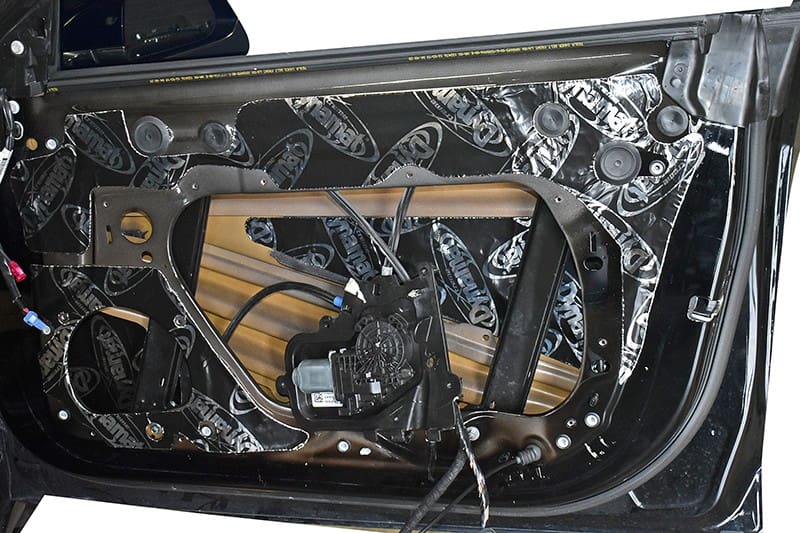
Drawback: Integrated Infotainment
It’s safe to say that you aren’t going to be dropping by a local car stereo shop to buy a new radio for your EV. They all have reasonably complex infotainment systems, including audio, mapping, and vehicle control interfaces in a single large screen. Adding a high-quality stand-alone source unit to one of these can’t happen without extensive customization.
Your installer can upgrade your car or truck with a new amplifier, speakers, and a subwoofer. However, they will need to invest some time in finding a clean audio signal in the wiring.
Since these electric vehicles are all relatively new, the factory-installed amplifiers will include advanced digital signal processing. As such, your upgrade will also need a digital signal processor. Your installer will have to undo or, at the very least, compensate for the processing already in the system.
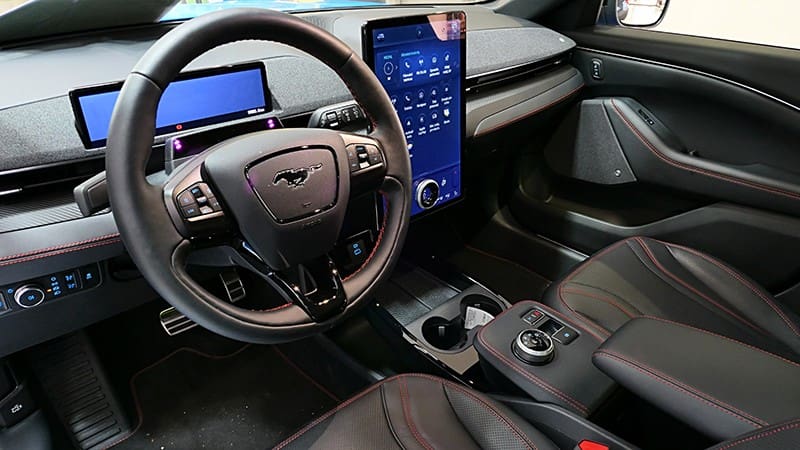
Benefit: Good Speaker Locations
Sure, it’s a generalization, but the speaker locations in modern electric vehicles are pretty good. We’ll take the little Tesla Model 3 and Model Y as examples. They have room for three four-inch speakers across the dash and 6.5-inch woofers in the front doors. That’s enough to create quite a concert experience with some aftermarket upgrades. Of course, the cargo space is also reasonable, so adding a real subwoofer is no problem.
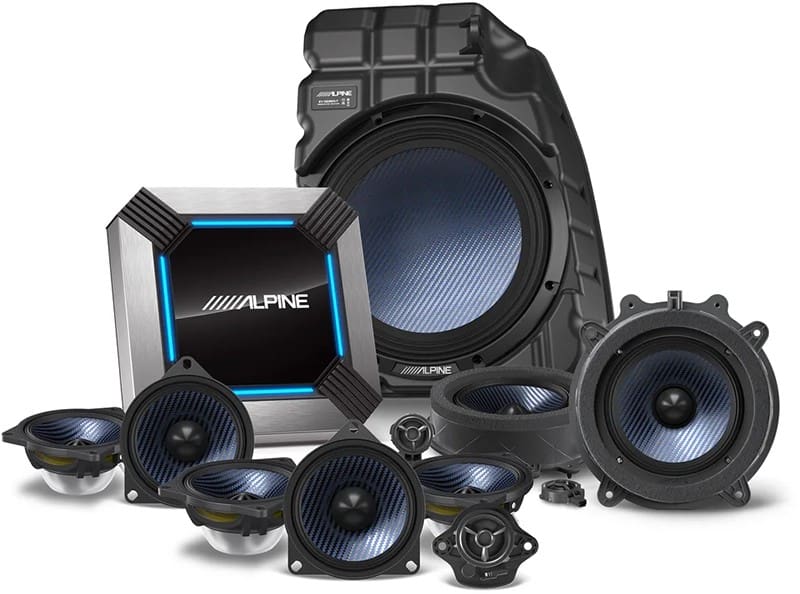
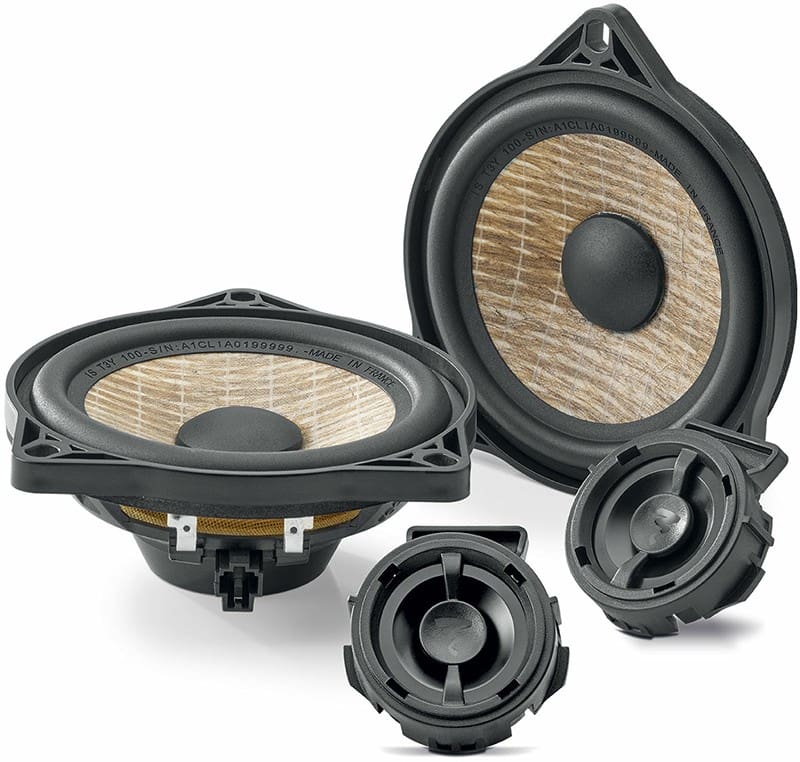
Drawback: Limited Power
So, the most significant consideration in upgrading an electric vehicle and some hybrids is that the 12-volt electrical system in these cars and trucks is very limited in its current capacity. Though there might be exceptions, these vehicles have small batteries. The charging system draws power from the high-voltage battery rather than from an alternator strapped to an internal combustion engine.
For context, a power inverter is a device that takes 12-volt power from your car battery and produces 120 volts AC, enabling tools, computers, or other devices to function. Electric vehicles include a different kind of converter. These take the high voltage output of the EV or hybrid battery, which can be 600 volts, then step it down to 12 volts to recharge a small battery under the hood and run the electronics.
The problem for us audio enthusiasts is power. The Tesla Model 3 and Model Y have been reported to have a 500-watt inverter that charges a small lithium 12-volt battery. If you want to run an aftermarket amplifier in one of these vehicles, it will draw power from this tiny battery. Assuming the vehicle already uses several hundred watts to operate, you have only a limited amount of power available for a stereo system.
Thankfully, music is very dynamic. You can listen at high volume levels while the average current draw remains moderately low. If you are an EDM enthusiast or enjoy bass-heavy music, you might be disappointed by the limited power available.
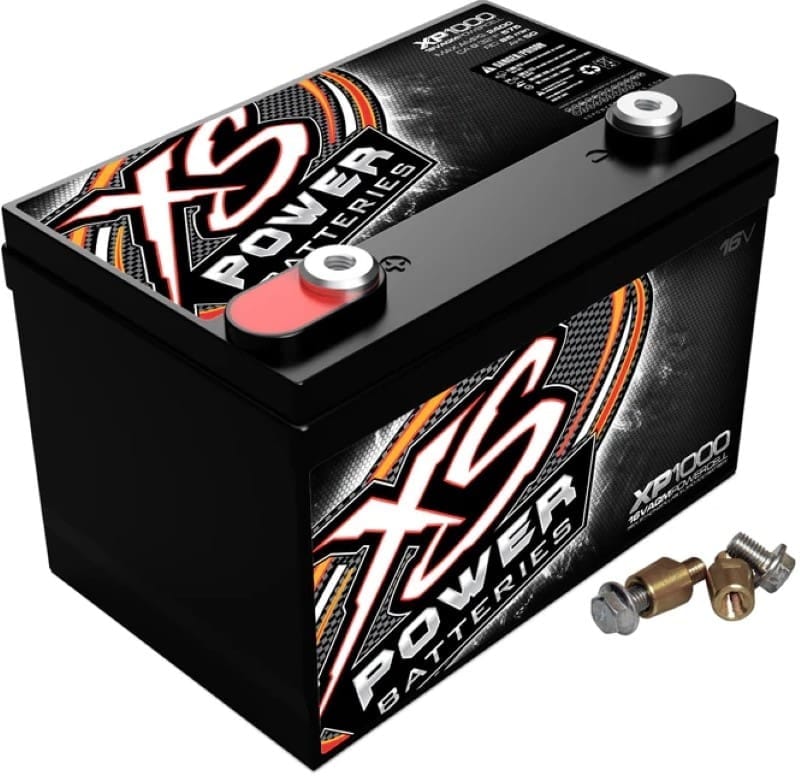
EV Audio System Amplifier Shopping
While sound quality is always essential, maximizing the performance of an EV audio system upgrade will require using amplifiers that are as efficient as possible. We’ve seen several amplifiers that exceed 90% efficiency at full power into four-ohm loads. You don’t want to load the amplifier down in any way, as that always reduces efficiency.
Drawback: High Voltage Electrical System
If you’ve paid attention to the press information on the Tesla Cybertruck, you might know that it operates primarily on a 48-volt electrical system. This voltage would be ideal to power an amplifier if one was readily available. It wouldn’t be hard to create – but they don’t exist yet. That doesn’t mean it can’t be upgraded – it just takes some creativity.
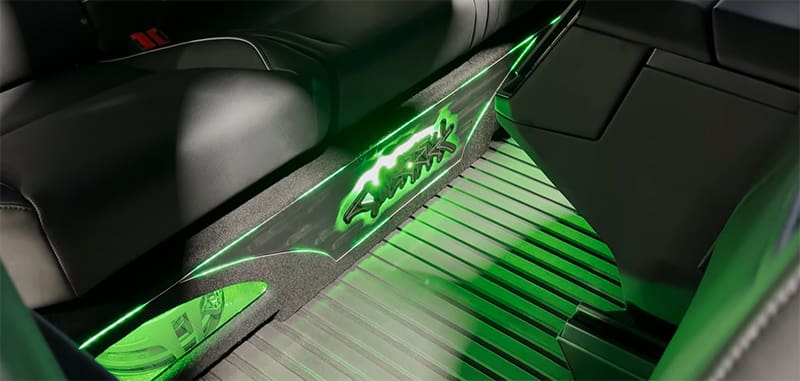
In many EVs, the nominal 12-volt electrical systems operate at voltages as high as 17 to almost 18 volts. Many car audio amplifiers will go into protection mode if they see more than 15.5 or 16 volts. Enhancing these vehicles isn’t easy, but it is possible with proper product selection and skilled installation professionals.
Conclusion
Electric vehicle audio system upgrades are commonplace, as factory-installed sound systems are similar to those in other vehicles. They sound adequate for most people, but enthusiasts certainly demand much more. Drop by a local specialty mobile enhancement retailer today to find out what upgrades are available to improve the performance of your EV audio system.
This article is written and produced by the team at www.BestCarAudio.com. Reproduction or use of any kind is prohibited without the express written permission of 1sixty8 media.
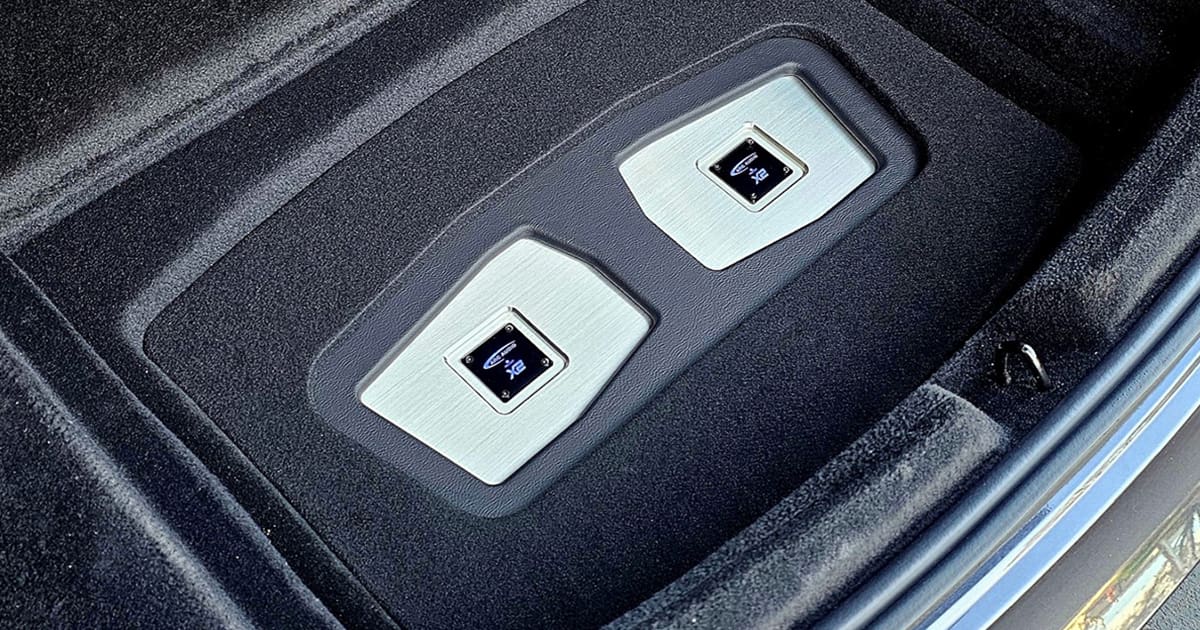

Leave a Reply